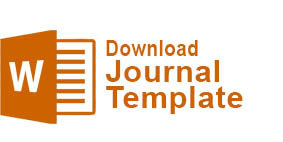Spesies Merkuri dan Manifestasi Klinis yang Ditimbulkannya di Daerah Pesisir yang Terdampak Pertambangan Emas Skala Kecil
DOI:
https://doi.org/10.29303/lmj.v4i1.5838Keywords:
Small-scale gold mining, coastal areas, mercury species, exposure routes, intoxicationAbstract
Gold mining that uses mercury in coastal areas exposes various mercury species to the environment and humans living in contaminated areas. The mercury species that reach the population in these areas include elemental mercury, inorganic mercury, and organic mercury. The mercury cycle from gold mining begins with the release of elemental and inorganic mercury into the sea. The bioaccumulation and biomagnification of organic mercury in the ocean will expose coastal populations to methylmercury. The exposure routes of mercury to humans from these different mercury species vary, including through the skin, respiratory system, and digestive system. Organ damage and clinical symptoms that appear depend on the affinity of the mercury species for specific organs. Symptoms of intoxication can range from central nervous system dysfunction, kidney damage, and a spectrum of disorders in other organs.























